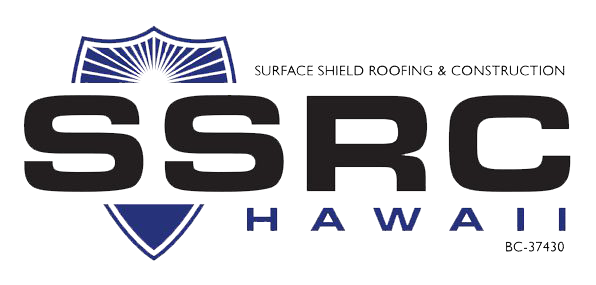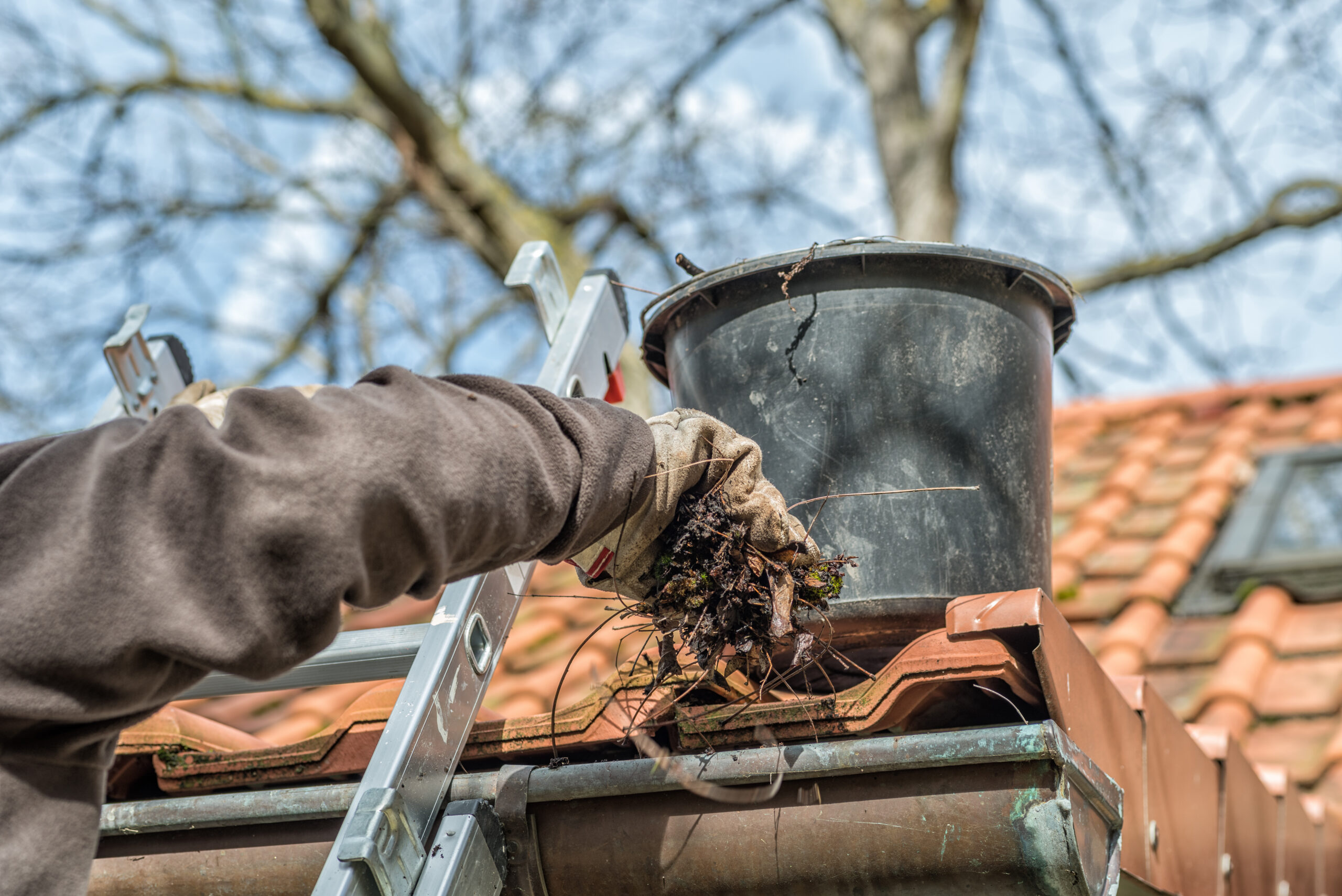In Honolulu, lush vegetation and strong coastal winds often go hand in hand. While trees provide welcome shade and natural beauty, overhanging branches can pose a serious threat to rooftops. Whether from a sudden storm or gradual wear over time, roof damage caused by tree limbs can compromise a home’s structural integrity, energy efficiency, and appearance. Knowing how to handle this type of damage quickly and efficiently can help homeowners minimize risk and repair costs.
Here are a few important steps to take when dealing with roof damage from tree branches in Honolulu:
Assess the Damage Safely
Safety should always come first. After a storm or wind event, homeowners should visually inspect the roof from the ground using binoculars if needed. Look for broken shingles, exposed underlayment, dented flashing, or branches still resting on the roof.
Avoid climbing onto the roof if large limbs have fallen or structural damage is visible. Instead, contact a roofing professional for a proper inspection. Attempting to assess the damage directly can increase the risk of injury or worsen the condition of the roof.
Remove Branches Promptly
If tree limbs or debris remain on the roof, have them safely removed as soon as possible. Leaving heavy branches in place can cause additional pressure, punctures, or leaks, especially if rainfall is expected.
A licensed roofing contractor or tree removal service can handle this task without risking personal safety or further damage. Avoid using sharp tools or heavy equipment from the ground, as this can lead to accidental roof punctures or injuries.
Schedule a Professional Roof Inspection
Even if damage appears minor, hidden issues may develop beneath the surface. A professional roof inspection can reveal problems like broken flashing, bruised shingles, or moisture trapped beneath roofing materials.
Early detection of these issues helps prevent leaks, mold, and costly structural damage. An experienced roofing contractor will also document the damage, which is essential for insurance claims and repair planning.
Document the Damage for Insurance
Take photos or videos of the damaged areas as soon as it’s safe to do so. Include wide shots of the roof as well as close-ups of any visible issues such as cracks, punctures, or dislodged shingles. This documentation is important when filing a claim with a homeowner’s insurance provider. In many cases, policies will cover damage caused by falling tree limbs, especially if the tree was healthy and the incident was caused by wind or other natural forces.
Schedule Repairs Without Delay
Roof damage from tree branches may start small but can lead to bigger problems if not addressed quickly. Water can infiltrate weak points, leading to rot, insulation damage, and compromised ceilings or walls.
Schedule repairs with a qualified roofing contractor to address immediate problems and prevent further deterioration. In some cases, partial repairs may be done first to stabilize the structure, followed by a more thorough restoration.
At Surface Shield Roofing Company, we specialize in identifying and repairing storm and debris-related roof damage across Honolulu. Contact us today to schedule a professional inspection or to learn more about protecting your roof from future damage.

